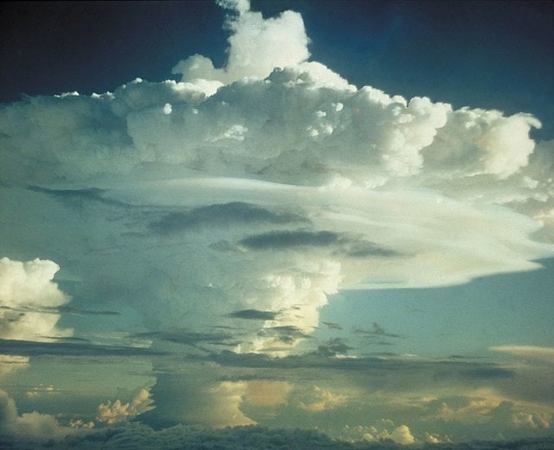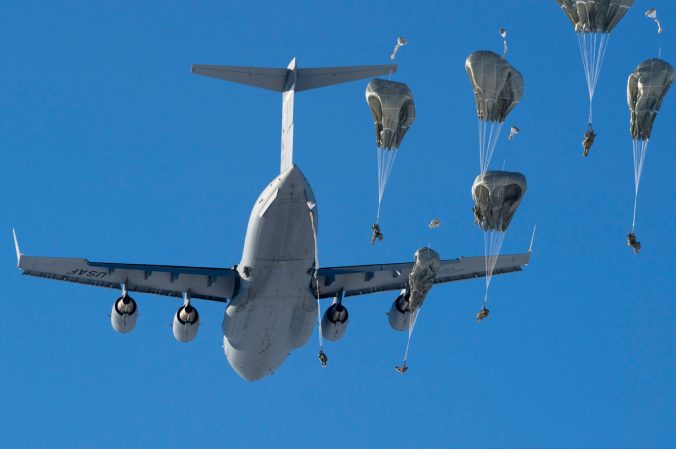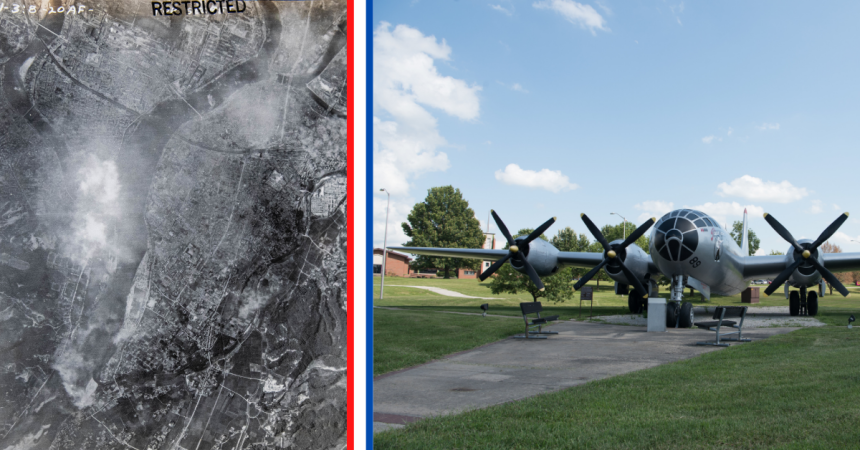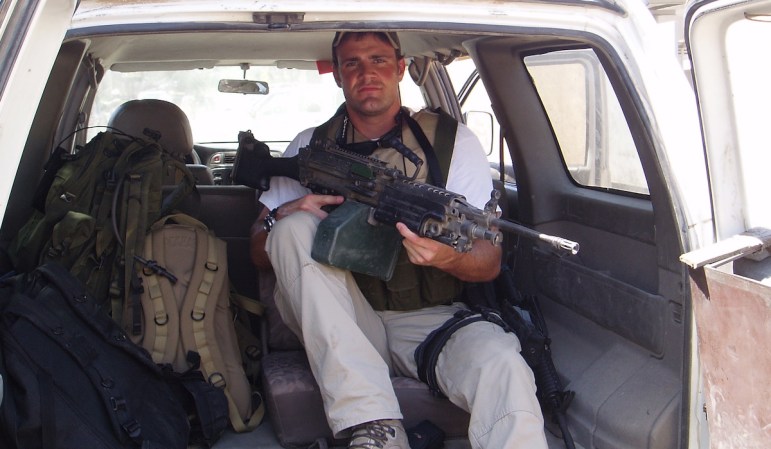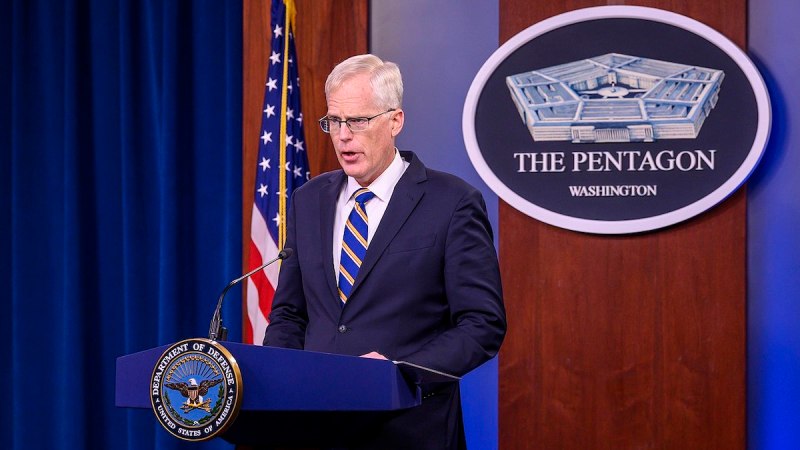Nuclear weapons are in their own class, completely separate from every other kind of weapon in the arsenal. But, not all nuclear weapons are created equal. Here are the weirdest ones that saw service in the U.S. military.
1. Jeep-mounted recoilless rifle: the Davy-Crockett (1956)
The Davy Crockett had a 10 or 20-ton yield, depending on the type. There were two launchers for the Crockett, one of which would be mounted on Jeeps. Crocketts would be deployed with mortar platoons who would aim the weapons into Soviet troop and tank concentrations, poisoning the Russians with extreme levels of radiation within a quarter-mile radius of the point of impact.
2. Air-to-Air Missiles: AIR-2 Genie (1957) and AIM-26 Falcon (1961)
Before effective surface-to-air missiles or guided air-to-air missiles, America was looking for a way to shoot down large formations of enemy planes.
One idea was to fire an unguided air-to-air nuclear missile. Enter the AIR-2 Genie. Fielded in 1957, it was capable of being fired from an American fighter and the 1.5-kiloton blast was lethal to 300 meters. To prove to the American public that the missile could be safely detonated over American cities, a single Genie missile was detonated as five Air Force officers stood below it.
Four years later, a guided missile entered service. The AIM-26 was capable of a 250-ton nuclear explosion and chased its target using semi-active radar.
3. Nuclear torpedo: Mark 45 anti-submarine torpedo (1963)

Designed to kill enemy subs, the Mark 45 was guided by wire. Triggering the 11-kiloton detonation required a command from the firing sub. The nearly 19-foot torpedo had a range of 5 to 8 miles.
4. Rockets: UUM-44 SUBROC (1963)

The UUM-44 was a submarine-launched rocket that would exit a sub, ignite its rocket engine, leave the water and fly to a predetermined point. There, the rocket would separate and the warhead would fall into the water as a depth charge, detonating at a programmed depth and killing enemy subs. With its 5-kiloton nuclear warhead, the SUBROC wasn’t really worried with direct hits.
5. Land mine: atomic demolition munitions (1964)

Though commonly referred to as nuclear land mines, ADMs were really designed as area denial weapons where the bombs would be detonated ahead of advancing troops, triggering rockslides and poisoning the environment. Special versions could also be dropped behind enemy lines with two-man teams who would use the bombs to destroy ports, power plants, or communications hubs. Since they could be remotely detonated, the ADMs could be used as mines as long as a human stayed within the remote’s range and waited for the advancing enemy. They had a nuclear yield between .5 and 15 kilotons.
6. Artillery: M65 Atomic Cannon (1953) and M198 (1963)
There were a variety of nuclear artillery shells in the U.S. arsenal (China, India, and Pakistan still have them), most of them arrived in the field between 1953 and 1963. Initial models were like the M65 in the video, large-caliber rounds with large warheads delivering 15-20 kilotons of boom. The nuclear punch got smaller as smaller rounds were developed, ending with a 155mm round that delivered 72-ton yield.
7. Cryogenically-cooled bombs: Mark 16 (1954)

The Mark 16 only served in an emergency capacity from January 1954 to April 1954. Based on the designs of the first thermonuclear bomb ever fired, the Ivy Mike, the bombs contained deuterium that had to be constantly cooled to below -238 Fahrenheit. They delivered 6-8 megatons (a megaton is 1,000 kilotons) of destruction, but were rendered obsolete by the successful testing of solid fuel thermonuclear bombs that didn’t require cooling.










